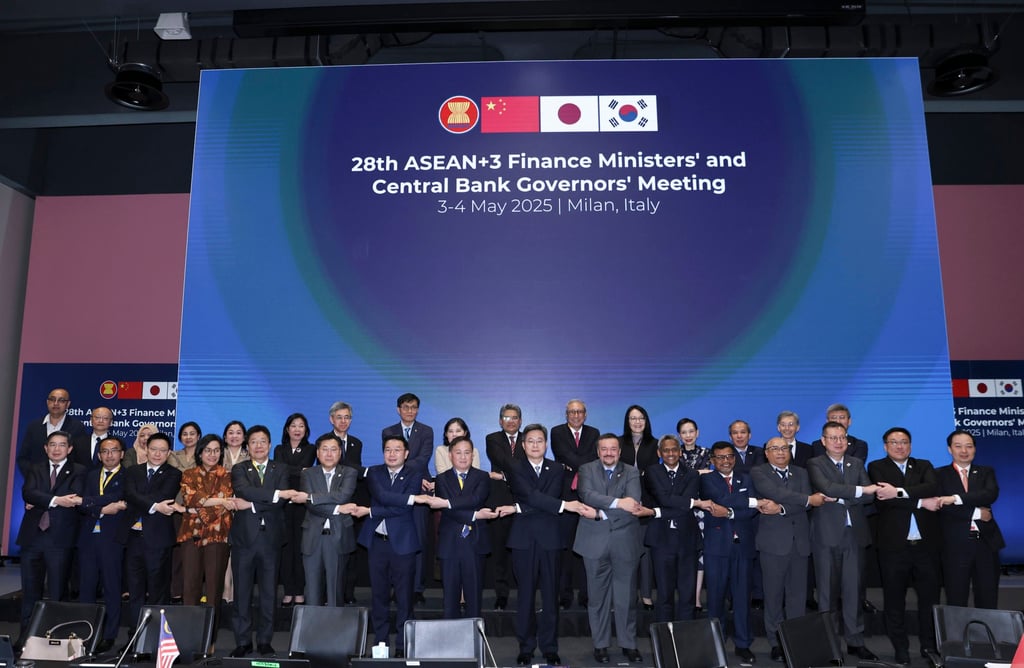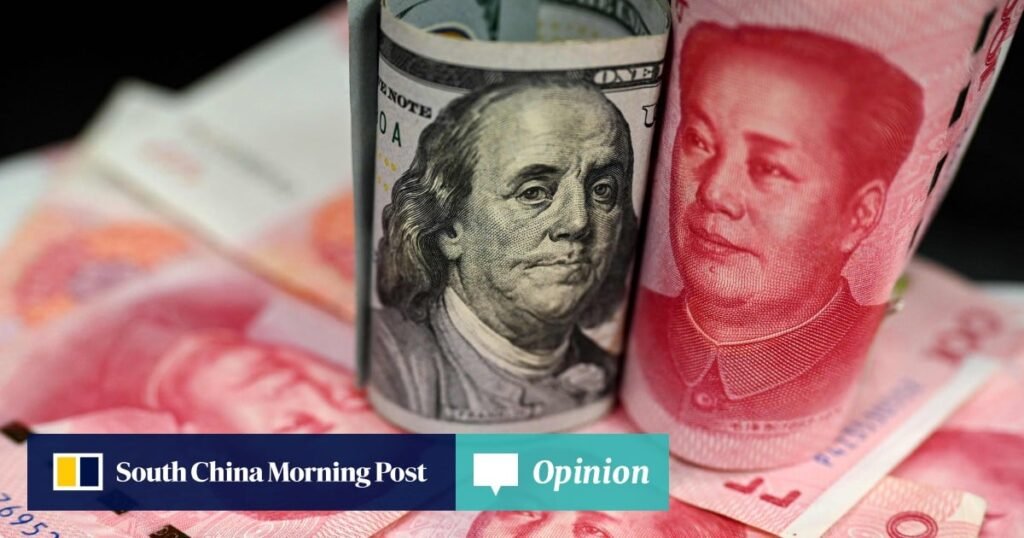On the one hand, Beijing’s fear of financial risks and its focus on domestic market stability have prevented it from taking bolder moves, such as making the yuan fully convertible to facilitate its wider use. When China found that significant selling in the offshore yuan could translate into downward pressure on its value, it opted for micromanagement measures to control the cross-border flow of yuan.
On the other hand, the greenback has served its role as the international reserve currency pretty well for most of the last decade, despite constant complaints from many other countries about the “exorbitant privilege” of the US dollar.
Japan, for example, happily invested its reserves in US government bonds. The situation, however, has changed since the second Trump administration, which threatened trading partners with additional tariffs and floated the idea of a Mar-a-Lago Accord to force its major trade partners to accept the US dollar’s depreciation.
Asia’s willingness to create a regional financial safety network that is less reliant on the US dollar became apparent at this month’s annual gathering of finance ministers and central bank governors of China, Japan and South Korea – as well as the Asean member countries – in Milan, Italy.








